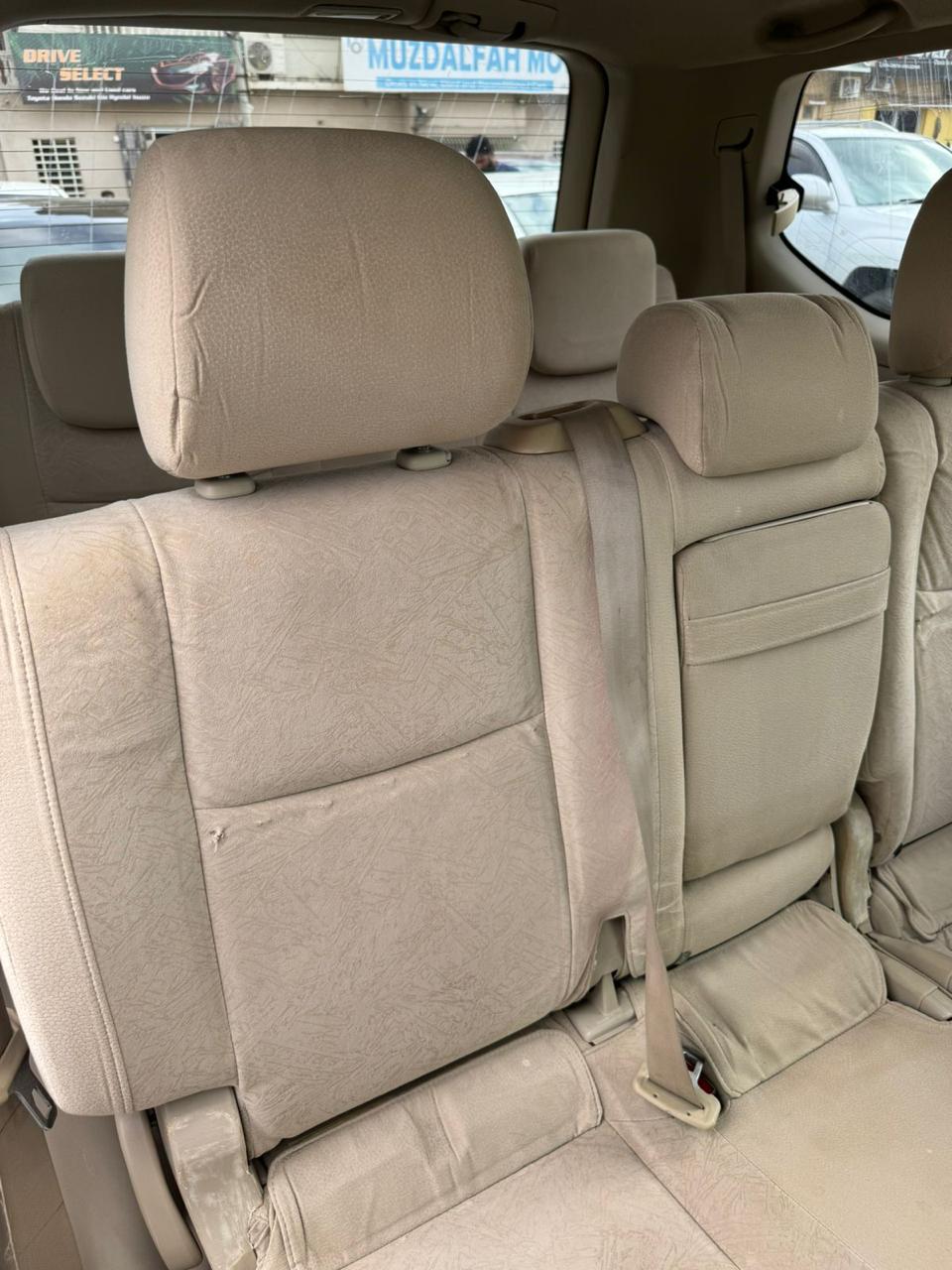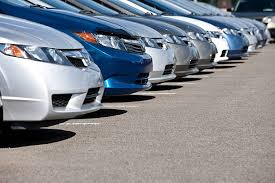Exploring Lease vs. Loan Options for Car Financing in Pakistan

When it comes to financing a car in Pakistan, two popular options are leasing and taking out a loan. Each method has its own set of advantages and considerations. Understanding the differences can help you choose the option that best suits your financial situation and preferences.
1. Car Leasing
Overview: Car leasing is a method where you pay for the use of a vehicle over a specified period, usually between 2 to 4 years, without owning the vehicle. At the end of the lease term, you have the option to return the car, purchase it at a predetermined price, or lease a new vehicle.
Pros:
-
Lower Monthly Payments: Leasing often results in lower monthly payments compared to loan repayments.
-
Newer Models: You can drive a new car every few years without worrying about the depreciation or resale value.
-
Maintenance Coverage: Many lease agreements include maintenance packages, which can reduce additional costs.
-
Lower Down Payment: Typically, leasing requires a smaller down payment than buying.
Cons:
-
Mileage Limits: Leases usually come with mileage restrictions. Exceeding these limits can result in additional charges.
-
No Ownership: At the end of the lease term, you do not own the vehicle unless you decide to buy it.
-
Customization Restrictions: You may not be able to make significant modifications to a leased vehicle.
-
Early Termination Fees: Ending a lease early can incur significant penalties.
Best For: Leasing is ideal if you prefer driving new cars frequently, want lower monthly payments, and don’t mind the restrictions on mileage and customization.
2. Car Loans
Overview: A car loan involves borrowing money from a financial institution to purchase a vehicle. You repay the loan through monthly installments over a set period, typically ranging from 3 to 7 years. Once the loan is paid off, you own the vehicle outright.
Pros:
-
Ownership: Once you finish paying off the loan, you own the car and can keep it as long as you like.
-
No Mileage Limits: Unlike leasing, there are no restrictions on how much you can drive.
-
Customization Freedom: You can modify and customize the car as you wish.
-
Potential for Equity: Over time, you build equity in the vehicle, which can be valuable if you decide to sell it later.
Cons:
-
Higher Monthly Payments: Loan repayments are generally higher than lease payments.
-
Depreciation: The vehicle’s value depreciates over time, which may affect its resale value.
-
Maintenance Costs: You are responsible for all maintenance and repairs once the warranty period ends.
-
Larger Down Payment: Car loans often require a larger down payment compared to leasing.
Best For: Taking out a loan is suitable if you plan to keep the car for a long time, want to avoid mileage limits, and prefer ownership with the ability to customize the vehicle.
Conclusion
Choosing between leasing and taking out a loan for car financing in Pakistan depends on your individual needs and preferences. Leasing offers lower monthly payments and the advantage of driving new cars regularly, but without ownership and with mileage restrictions. On the other hand, a car loan provides ownership and flexibility, but comes with higher monthly payments and maintenance responsibilities.
Evaluate your financial situation, driving habits, and long-term plans to determine which option aligns best with your needs. Both leasing and loans can be effective ways to finance a car, each offering distinct benefits and considerations.




